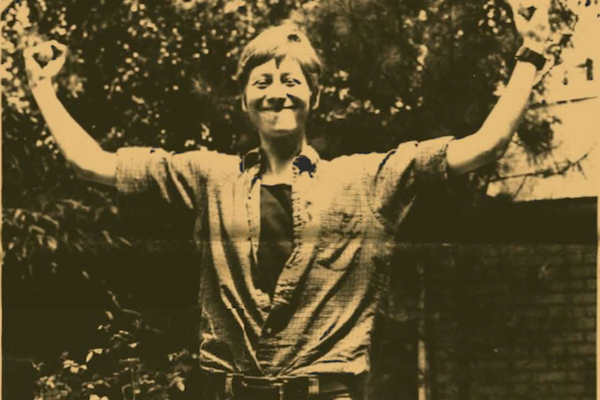Imagine a lesbian collective, complete with its own newsletter, group house, and dedication to fighting male supremacy and the confines of heterosexuality, named after three feared and vengeful Greek goddesses. It sounds too good to be true, the substance of my queer separatist dreams. However, such a mythical group, known as the Furies, did exist. Former newsletters and interviews with members can be found on the Rainbow History Project (RHP) webpage. RHP is an all-volunteer group dedicated to preserving LGBTQ history in the Washington Metropolitan area, with pages upon pages of online archives including documents, oral histories, and photographs.
The Furies, active in Washington, D.C. during the early 1970s, was a lesbian-feminist collective who described themselves as angry. They were angry about being oppressed by men, angry about societal enforcement of heterosexuality, and ready to fight against sexism as the root of all oppression. Many of their newsletters described lesbianism as a political choice to become woman-identified and therefore end male supremacy.
Although we have had great successes for LGBTQ and women’s equality, the fight is of course not over and was in an even worse place at the beginning of the 1970s. The Furies came together, in fact, to escape anti-lesbian language and actions from the Women’s Liberation movement. In addition, the founders wanted to be more radical, leaving behind male-female alliances and cooperation in exchange for woman-led activism and therefore freedom from male expectations and sexist behavior.
One of the main tenets of Furies ideology focused on separatism. At its inception, the collective split from the women’s movement to spend more time on activism rather than battling over differences in politics and needs. Then in their Fall 1972 newsletter, the Furies wrote about “separatism and our future,” noting the capacity of identity-based groups for deeper introspection on issues facing specific communities and freedom from working with oppressors, whether it be men, white people, or those of higher socioeconomic status. However, the article also noted weaknesses of separatism, with its possibility of causing divisions in the lesbian community and providing privileged women the ability to deny their own oppressive behavior. The article concluded that separatism is necessary for survival but should not be the final goal of the lesbian-feminist movement.
Although the Furies lasted only a little over a year, its impact cannot be forgotten. As Joan E. Biren (JEB), one of the founders, spoke about in her oral history, the collective fell apart due to group dynamic problems along with conflicts over class differences. Although the white and primarily middle-class Furies did work to develop an awareness of the racism, ageism, and classism within their ranks, they ultimately were unable to keep the group together. Nevertheless, their ideology brought lesbian issues into the women’s movement and feminism into the gay movement, respectively, and created opportunities for women-led media and businesses. They lived publicly as lesbians and challenged the heterosexist status quo at a time when homosexual acts were illegal in D.C.


